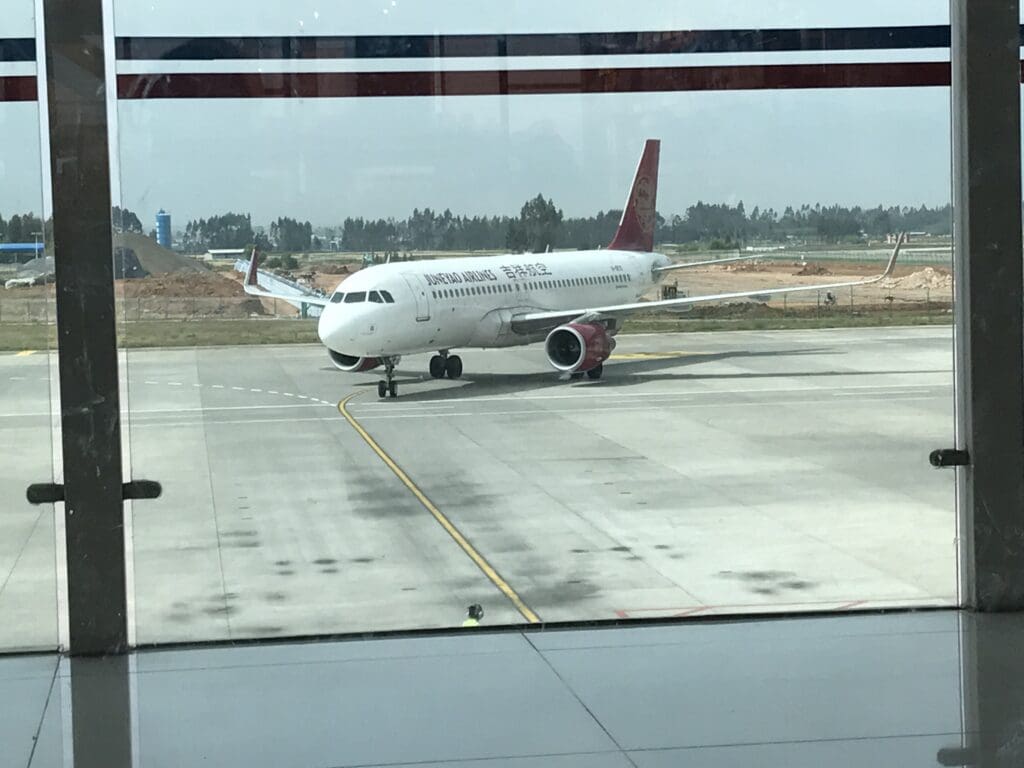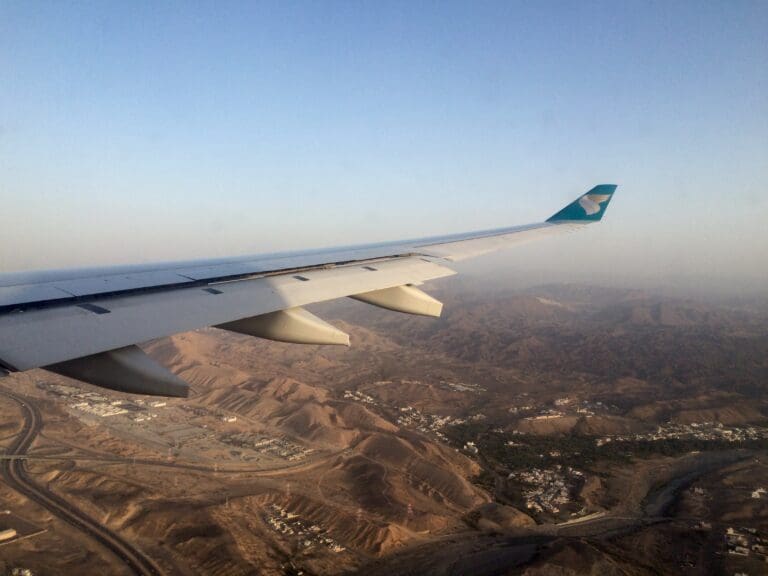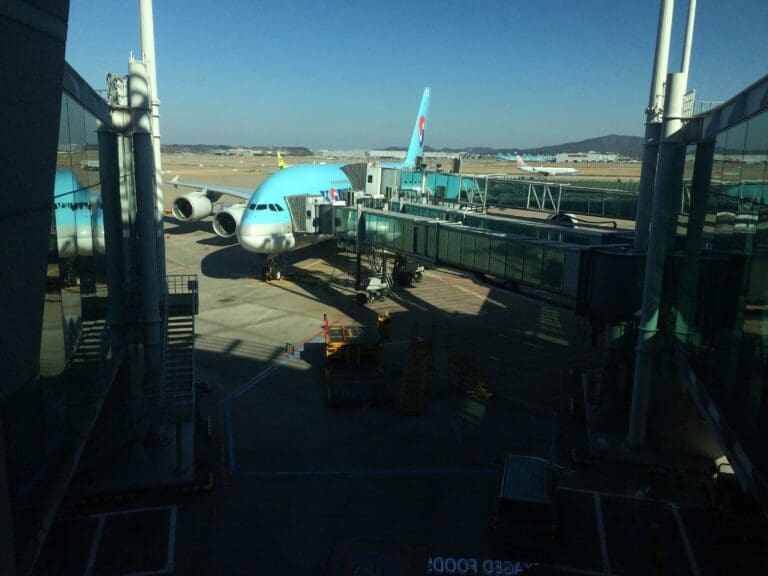Lijiang to Kunming with Lucky Air: A Review of China’s Affordable LCC

This report details the return leg of my journey to Lijiang, the first part including the reasons as to why I made the trip to the historic city can be found here.
To start, here are some photos from Lijiang





Following a peaceful stay in Lijiang’s Old Town, it was time to head back to Kunming where I would stay for a night before beginning my long journey back to Korea via Qingdao with China Eastern Airlines. With a departure time of 1130, I had decided to leave the hotel at 0750 which allowed for buckets of time to reach the airport, check-in and pass through security. After filling up on a quick and unhealthy breakfast of instant ramen, I headed into the hotel’s courtyard where I had to rather guiltily wake up the lodging’s sleeping owner in order to unlock the door to the street. Heading out into the chilly morning air, I trundled down several narrow streets before arriving at the city’s wide and long boulevards heralding my exit from the old town, making it to the airport bus station around thirty minutes after leaving the hotel. As I arrived I was greeted by the sight of a departing bus, which meant that, according to the sign in the bus station, I would have to wait thirty minutes for the next departure. However, in spite of this sign, as I approached the two King Long buses waiting here, I noticed one of these had its engine on as if ready to depart. I therefore boarded this, paid my 20 Yuan fare to the driver and five minutes later, with only three other passengers, the bus pulled away from the bus station.


The bus journey from Lijiang to its airport commenced on the overly grey yet tree-lined streets of Lijiang’s new town where thanks to a series of red traffic lights, the bus seemed to come to a halt every minute or so. Eventually, the bus powered out of the city and headed onto the quiet airport road, which offered good views of the picturesque mountainous rural scenery, especially as we neared the airport. No more than 45 minutes after leaving the city, the bus pulled up to the first-floor departures level of Lijiang Airport’s modern, yet uniquely designed terminal building. Once inside, I checked the departure boards which revealed there were still ten minutes to go until check-in for Lucky Air’s flight to Kunming opened. I thus decided to have a quick walk around the landside area of the airport, which, whilst small featured a decent selection of cafés and shops.





Despite the fact that there were quite a few flights departing within the next few hours, the check-in hall seemed to be relatively quiet. That said, by the time check-in opened at 0930, a reasonably long queue of passengers had formed at Lucky Air’s check-in desks and so, whilst not expecting them to work given my lack of a Chinese identity document, I decided to try my luck with the self check-in machines. Much to my surprise, for the first time ever in China, these allowed me to check-in without any issue and I selected Seat 28A near the rear of the cabin before printing out my boarding pass.


As soon as I received my boarding pass I headed straight to the security area and joined a short queue. Within about ten minutes, I was permitted to head to the significantly busier airside area of the terminal. As soon as I entered this, I was hit by the heavy scent of cigarette smoke which seemed to be omnipresent throughout the terminal. Temporarily keeping with the negatives, I noticed a lack of seating whilst the toilets I visited were in a rather dirty state and finally, as with many Chinese regional airports, the complimentary wifi network could not be used without a Chinese phone number. Moving to the positives, as I strolled around the airside area I was rather impressed with the number and variety of shops in addition to the plentiful nature of power sockets where passengers could charge their various devices before jetting off. Meanwhile, whilst any spots for decent aircraft photography were limited, windows did allow views for views of the fairly regular movements outside.


During my stay, the morning rush was in full swing and Capital Airlines dominated the morning traffic with eight departures to Nanning, Tianjin, Jinghong, Shijiazhuang, Wuhan, Kunming, Xi’an and Taiyuan. In second place was Lucky Air with five departures followed by China Eastern Airlines, Juneyao Airlines and Sichuan Airlines in joint third place with three flights each. Meanwhile, Chengdu Airlines and Tibet Airlines were also present with one flight each. As time passed I watched the comings and going of aircraft, with most of these making lightning-fast turnarounds before heading back to airports across the country.




Whilst boarding was scheduled to commence at 1100, at 1050 an announcement was made inviting those on Lucky Air’s flight to Kunming to head to the gate. Following signs, I ended up amongst the crowds of passengers waiting at the airport’s bus boarding gates and joined what vaguely resembled a queue. After some shuffling, I neared the front of this, however, having just missed the first bus, once my boarding pass was scanned and I boarded the bus, I had to wait a further fifteen minutes inside this whilst the final passengers for the flight were rounded up.
With just under fifteen minutes to go until the flight’s scheduled departure time, the bus pulled away from the modern terminal and following a short drive, B-8732, a sharklet-equipped Airbus A320 wearing Lucky Air’s red and yellow livery came into view. This was parked at the old terminal where a jetbridge could be seen connected to the aircraft. Manufactured in Tolourse, this particular Airbus A320-214 had first taken to the skies of southern France in June 2014 with the test registration F-WWBH, making it almost three years old at the time of my flight. Interestingly, this particular aircraft had commenced its life with AirAsia as 9M-AJO, arriving at the carrier’s Kuala Lumpur hub after a delivery flight via Dubai Al Maktoum. In May 2016, the aircraft was withdrawn from service and given a temporary French registration associated with Azur Aviation. In August 2016, the aircraft was ferried from Malaysia up to Tianjin and soon began its new life with Lucky Air. In the week before my flight, the aircraft had flown 23 sectors which took the aircraft to Beijing Capital, Chongqing, Hangzhou, Hefei, Hohhot, Kunming, Lijiang and Taiyuan, travelling at least 13,900 miles in the process.


Once the bus doors opened, passengers were funnelled into the old terminal and guided up the steps to the first floor before being marshalled down the jetbridge towards the aircraft. With almost no queueing, I stepped into the forward galley where I received no greeting from the sole flight attendant there before I entered the all-economy cabin and made my way to the rear of the aircraft. Other than the Lucky Air disposable fabric antimacassars that could be seen on each seat, the Chinese safety instruction decals and several Chinese advertisements across the cabin, the aircraft’s interior appeared to have undergone no change since its days operating for AirAsia. Inside, the aircraft featured 189 seats, each of which was covered in black pleather and featured AirAsia’s distinctive red seatbelt straps, whilst the Malaysian low cost giant’s red carpet covered the cabin floor.


After slithering past my two neighbours, I strapped myself into Seat 28A and prepared for the short flight ahead. Given Lucky Air’s status as a low cost carrier, and that of the airline’s previous operator, I wasn’t too surprised to find the seat to be uncomfortable, being both firm and offering a poor amount of legroom. Nevertheless, whilst this may have proven to be an issue on Lucky Air’s longer services, given the short duration of the flight to Kunming, I could hardly complain. Examining the area around my seat, whilst this was clean, I did notice plenty of marks and scratches, and this was ultimately far from being in the very best possible state. Turning to the seatback pocket, this was full, containing a safety card in five different languages, a sickbag, an inflight buy-on-board menu, a shopping brochure, a copy of Lucky Air’s inflight magazine and the HNA Group magazine, both of which were published in Chinese. Finally, a small bottle of water had been placed in each seatback pocket, something that I found to be a welcome surprise given Lucky Air’s low cost carrier status.




By 1125, all passengers had made their way onto the aircraft with the last of these taking to their seats with several minutes to go until our departure. As with the flight to Lijiang the previous day, most passengers onboard appeared to be tourists, the majority of whom appeared to be from China. However, unlike the previous flight, I did notice several passengers from abroad, namely France and Korea. Once all were onboard, the cabin door was promptly closed and a pre-recorded welcome announcement rang out in Mandarin and English. Given the lack of overhead screens, there was no safety video and thus this announcement was followed by a manual safety demonstration. Once this was concluded, the crew passed through the cabin ensuring all was set for our departure and at 1135 the aircraft commenced its pushback, during which, the Airbus A320’s two CFMI CFM56-5B4/P engines came alive.

Seeing as the aircraft had been parked at a gate near the end of Runway 20, once the tug had been disconnected, the taxi to the runway took almost no time at all. At 1142, the aircraft taxied onto the runway where it held for two minutes before commencing a powerful takeoff roll. Without much warning, the aircraft rocketed up into the skies well before this was parallel with the main terminal, allowing for a good bird’s eye view of this. Whilst our departure felt rather sporty, it took some time before the aircraft rose above the mountain peaks on either side of the valley. As we rose above these the aircraft was hit by a rather significant patch of turbulence that would rock the aircraft on and off for the duration of the flight, at times causing some worried looks on the faces of my fellow passengers.


Once the aircraft levelled off, the short flight time coupled with the turbulence meant that the seatbelt signs remained illuminated, and, for the majority of the flight, the cabin crew remained in their seats. That lunchtime, the aircraft seemed to take a similar route to the one taken the day before, with fewer clouds allowing for slightly better views of Yunnan’s mountainous scenery. Once the aircraft passed over Dali and Erhai Lake, the mountains below flattened a little, transforming into hills whilst minutes after levelling off, the aircraft could be felt sinking back down towards the ground. At this point, most passengers at the rear of the cabin appeared to be either fast asleep or gripping onto their armrests in fear as the aircraft continued to be thrown about as we neared Kunming. Moments after the aircraft commenced its descent, a single crew member passed through the cabin for the first time during the flight, ensuring all was secure for our arrival.





Within no time, the aircraft reached the outskirts of Kunming, passing over several towns on the city’s periphery before floating down over industrial-scale farms and the occasional factory. Exactly 43 minutes after departing Lijiang, the aircraft sped past a Lucky Air Boeing 737-700 sporting a purple livery before making a bouncy touchdown on Runway 21. This was followed by some gentle braking before the aircraft vacated the runway and began its taxi to the HNA Group wing of the main terminal. Aside from the fleets of China Southern, Kunming Airlines and Lucky Air aircraft, during the taxi I caught a glimpse of a Thai AirAsia Airbus A320 sporting the gold and white ‘Amazing Thailand’ livery as it made its way to the runway for its flight south to Bangkok Don Mueang as well as a much larger Hainan Airlines Boeing 787 Dreamliner preparing to head to Beijing Capital.



At 1235, the Airbus A320 pulled into a gate at the end of the HNA Group pier, with most onboard jumping up as soon as the aircraft came to a halt. Unfortunately for those in a hurry, it was some time before the main cabin door was opened and disembarkation commenced. Eventually, I got up from my seat and headed down the cabin, thanking one of the flight attendants at the front of the aircraft and walking up past a new crew, eagerly waiting to start their shift. From our arrival gate, it was a relatively long walk to the arrivals hall, although being a domestic flight and with no luggage, I was out of the terminal in no time and headed straight for the bus stop to catch a ride into Kunming.




Summary
Aside from the complimentary bottle of water, Lucky Air proved themselves to be a standard low cost carrier, their service seemingly no different from many other LCCs across the world. Whilst I would not be particularly averse to the idea of flying with the airline again in the future, if there happened to be a ticket on a full service carrier for a similar price, I would almost certainly opt for this. That said, I have nothing to complain about regarding my experience with Lucky Air.






